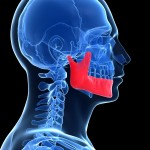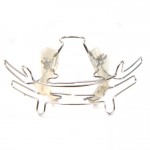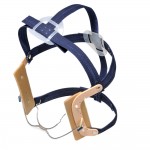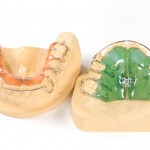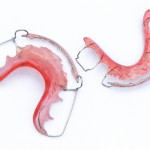
Fixed and removable functional appliances are used in the management of class II malocclusions. The Twin-block consists of upper and lower acrylic bite blocks with occlusal inclined planes that interlock at a 70 degree angle and guide the mandible forward and downward. It is considered that the twin-block is better tolerated by patients. The aim [read the full story…]
